King of Jazz (1930)
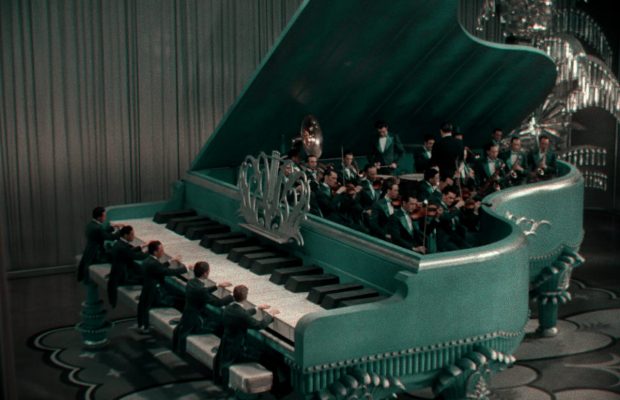
Toronto Film Society presented King of Jazz (1930) on Sunday, February 14, 1988 in a double bill with Song of the Open Road as part of the Season 40 Sunday Afternoon Film Buffs Series “A”, Programme 8.
Production Company: A Universal Production and release. Director: John Murray Anderson. Songs and Lyrics by: George Gershwin, Mabel Wayne, Milton Ager and Jack Yellen. Musical Score: Ferdie Grofe.
Cast: Paul Whiteman, John Boles, Laura La Plante, Jeanette Loff, Glenn Tryon, Merna Kennedy, Kathryn Crawford, Stanley Smith, William Kent, Grace Hayes, Sister G, The Brox Sisters, George Chiles, Jacques Cartier, Frank Leslie, Charles Irvin.
Today’s second presentation is a musical extravaganza of the early talkie period, directed by one of Broadway’s top names, and built around the man who was the King of the Musical World at the time. When the title “King of Jazz” appeared in newspaper ads, and on the marquee of the Roxy Theatre in New York on opening night, there was no doubt who was the star of the picture. Paul Whiteman and his orchestra were musical legends in that era, and the entire colourful production served as a band-box for Whiteman, his band, and other equally well-known performers of the time.
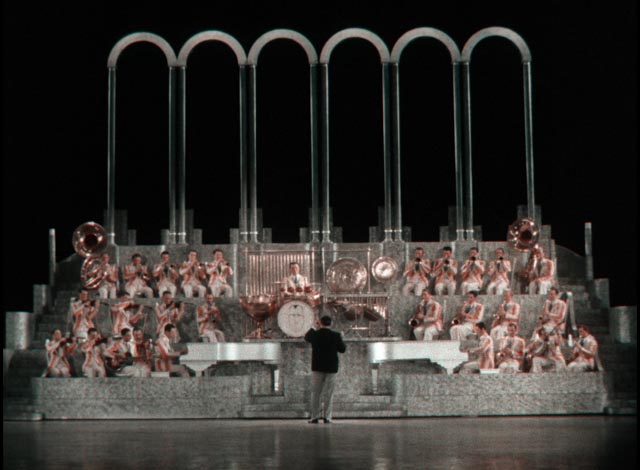
Mordaunt Hall, in The New York Times, called it “a sparkling extravaganza” and went on from there with raves for the performers and producer Anderson, whom he calls “a magician of far greater powers than one imagined, even from his stage compositions. This Technicolor potpourri of songs, dancing and fun is a marvel of camera wizardry, joyous color schemes, charming costumes and seductive lighting effects. It is one of the very few pictures in which there is no catering to the unsophisticated mentality, for all the widely different features are of a high order, and yet one can readily presume that they will appeal to all types of audiences”.
On the other hand, the review in Variety was far less impressed, noting that the work of Anderson was almost out of hand: “He gets some effects out of his experimentation in the early section, but they count for nothing at the box office”. While Mordaunt Hall saw the Gershwin Rhapsody in Blue sequence as “impressive with much artistry”, Variety quarrelled with the effect: “the millions who have never heard the Whiteman band play this biggest of all jazz melodies won’t hear it here either. Mr. Anderson has seen fit to scramble it up with “production”. It’s all busted to pieces, and while it’s all there, it’s not the Whiteman number it would have been, had it been played simply straight as a musical composition by the orchestra that does it so well…”.
Although the film seems very dated today, and the sound quality which was raved about at the time is merely scratchy and difficult to understand now, the camera tricks are well done for the era, right from the opening sequence outlining the rise of Whiteman. Look for one of Bing Crosby’s earliest screen appearances, and also a John Boles ballad about romance on the Rio Grande. Laura La Plante’s comedy sequence is also worthy of note.
Carl Laemmle Jr., the producer, rose to power in the studio at the tender age of 21, initiating a policy of high-budget quality films. Under his regime, the studio turned out a number of prestigious films, in addition to starting its famous cycle of horror films. He was forced to resign, however, when the Depression increased the studio’s financial difficulties.
Notes compiled by Bill Sturrup

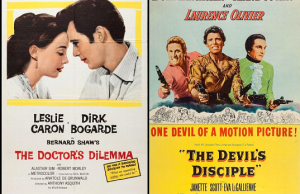
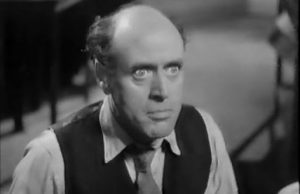
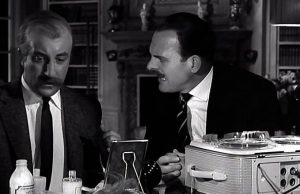






Leave a Reply